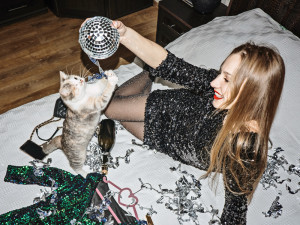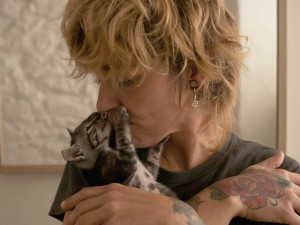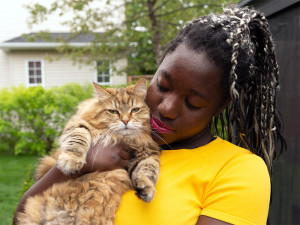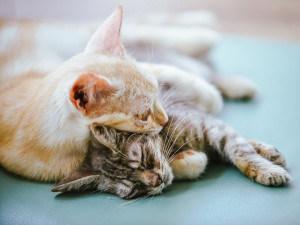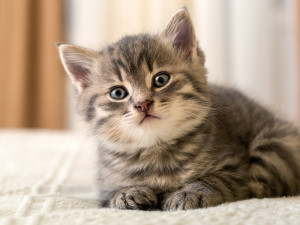6 Facts About Polydactyl Cats
What makes the fabled ‘Hemingway cats’ so special
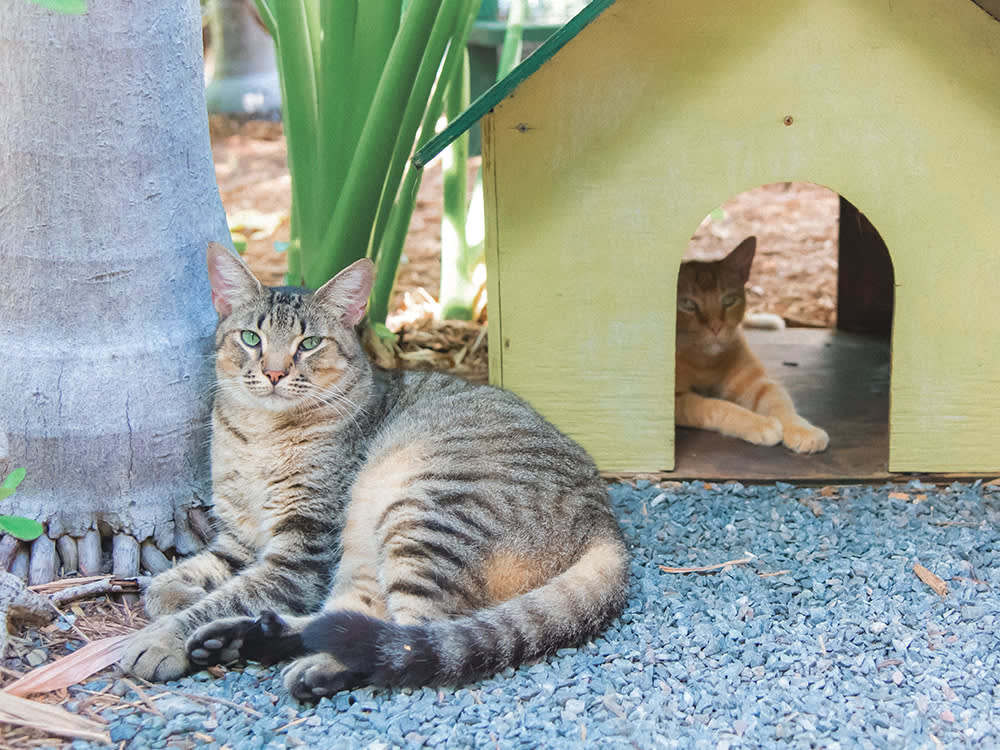
Share Article
Everyone knows that the beans (the fleshy pads of the paws) are the cutest and most alluring part of the cat. Attempting to massage the beans when one is not blessed and highly favoured by the cat is risky at best, as the beans are connected to the claws, which are designed to do maximum damage. And yet, the temptation to touch the beans of any cat is almost irresistible, especially in the case of a polydactyl cat, which has extra beans and thus beckons cat people as the sirens did Odysseus. Here’s what you need to know about them.
1. A polydactyl cat can have up to nine digits on each paw
So many beans! Most cats have five toes on each front paw and four on each back paw, for a total of 18, but polydactyl cats can have up to four extra toes on one or all of their paws (the beans are not necessarily symmetrical). The record is 28 total, but that is not common.

Get (totally free) deals for food, treats, accessories, tech and way more pet parenting must-haves.
2. Any breed can be polydactyl
Extra toes are caused by a recessive gene scientifically named Sonic Hedgehog (yes, like the video-game character) that can pop up in any litter under the right circumstances. However, overbreeding for this trait can cause paw deformations that can be painful to cats.
3. There are no major health risks associated with polydactylism
Polydactyl paws do need to be monitored and their nails trimmed regularly, as their claws can sometimes loop around on themselves, piercing the precious beans.
4. They are often called ‘Hemingway cats’ after author Ernest Hemingway
Hemingway – who lived in Key West at the very bottom of Florida in the 1930s – was given his first polydactyl cat, named Snow White, as a gift from his friend, Captain Harold Stanley Dexter. “One cat just leads to another,” he once wrote. To this day, the Hemingway Home and Museum in Key Westopens in new tab cares for the descendants of Snow White and Hemingway’s other cats, all named after icons from Billie Holiday to Bugsy Siegel. “We have about 60 cats right now, half of which are polydactyl,” says the museum’s director of public relations, Alexa Morgan. The cats are given free rein over the house and one-acre property, which is surrounded by a high brick wall. “People always want to adopt or buy our cats, but they are not for sale.”
5. Polydactyl cats are most common in the UK and North American east coast, thanks to nautical folklore
In mainland Europe, polydactyl cats were once associated with witches and killed, but British sailors considered these ‘gypsy cats’ good luck and brought them onboard their ships as mousers, thus spreading them along the Eastern seaboard where their ships docked. The cats did well on ships, as their larger paws made it easier for them to balance on rocky seas and their extra claws made them fantastic hunters. Key West was a major port and, being a small island, offered few predators for the cats, which are now common in the area. This idea that they were good luck also appealed to Hemingway, who, according to Morgan, “was accident-prone and figured he could use all the good luck he could get.”
6. Polydactyl cats can be found in animal rescue centres around the UK
The bean-obsessed need not turn to breeders. Just call your local shelters.

Charles Manning
Charles Manning is an actor, writer, and fashion/media consultant living in New York City with his two cats, Pumpkin and Bear.
Related articles
![Happy woman and cute cat playing with disco ball glitter confetti at home.]()
11 Ways to Raise Your Cat Parenting Game
Make this new year a great one for your kitty
![Blonde woman with hand tattoo kissing her gray kitten]()
A Step-by-Step Guide to Adopting a Cat
From where to begin looking to how to prepare your home for the new arrival
![A black cat with wide eyes peaking out from a garden.]()
How to Do the Impossible: Take Great Photos of Your Cat
Given up hope? Try these tips from a professional cat photographer
Cat Allergies: Do Hypoallergenic Cats Exist?
If the sniffles are getting you down, don’t stress: you have options
![two bonded kittens snuggling]()
Why You Should Adopt a ‘Less Adoptable’ Cat
Here’s why bonded kitties, senior cats and felines with FIV make just as amazing pets as any other
![Kitten sitting on a blanket]()
7 Steps to Keep Your New Kitten Happy and Healthy
A vet breaks down everything you need to know when you bring home a new kitten
